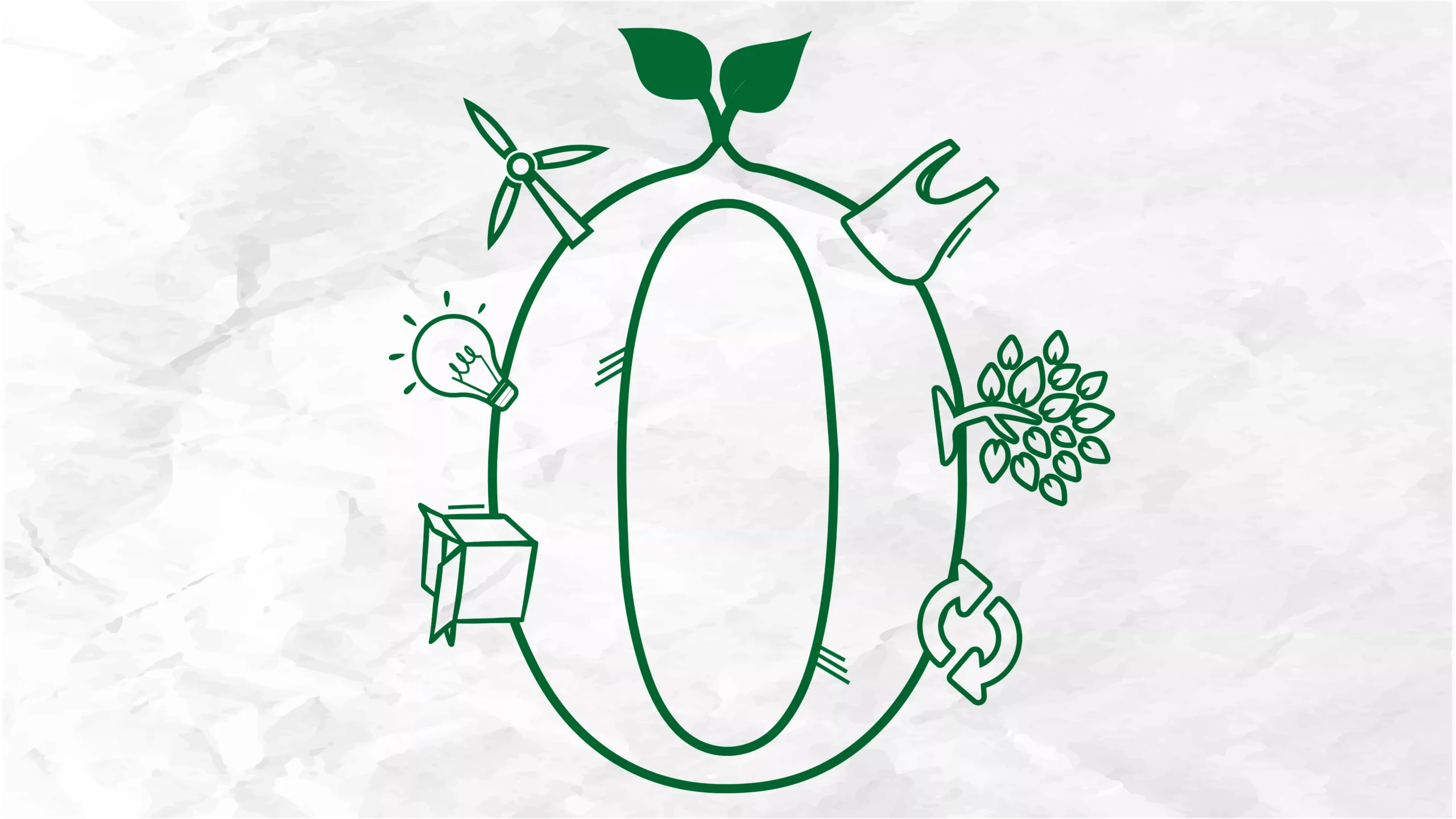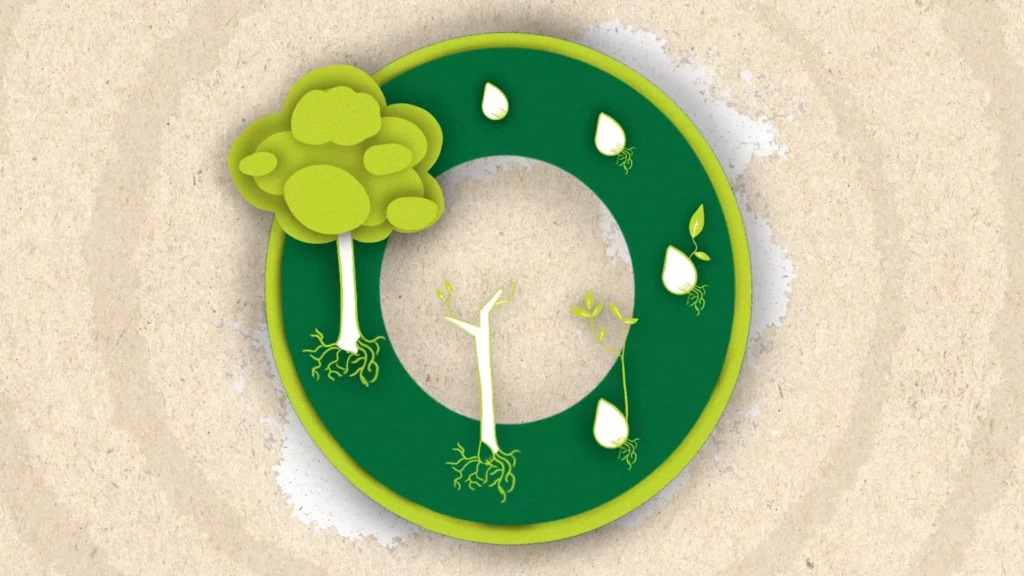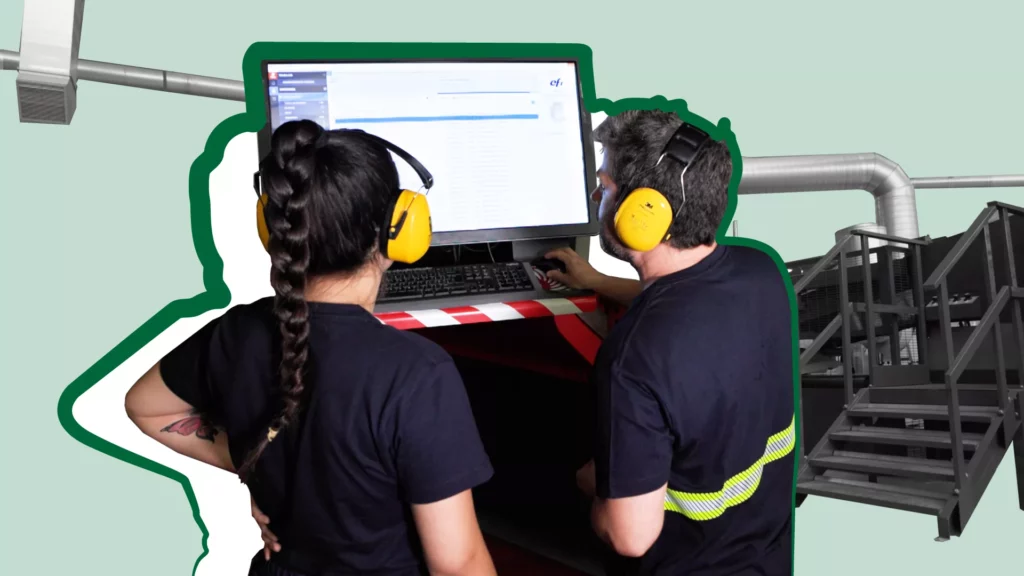It’s a normal Saturday morning. You go shopping and fill your trolley with everything you’ll consume over the coming weeks. How much space do those products and the boxes, bags and packages that they are wrapped in occupy? How many of them will end up directly in the bin – hopefully a recycling bin – once they have served their purpose?
This simple exercise in observation is enough to make us realise a fundamental problem that has concerned those who are environmentally conscious for a number of years: the problem of packaging, specifically, its excess and the lack of sustainable materials used to manufacture it. To express the problem in numbers, according to an ING report, more than 8.2 million tonnes of plastic is used in Europe each year for food packaging. In other words, half of the plastic used in packaging across the continent is used in the food sector.
Given this reality, various movements were launched some time ago to make society aware of the importance of highlighting the first of the three R’s of recycling: reduce. Then, a number of zero waste movements and initiatives were born, advocating for the minimisation of packaging, and buying products in bulk or without packaging – for example, in the case of cosmetics, solid shampoos or refillable formats. When packaging is unavoidable, they seek to ensure that it is made from materials that are as environmentally friendly as possible and that the process of recycling is traceable.
30% of consumers would be willing to pay more for sustainable packaging for their online purchases
As well as being concerned about these issues, more and more people are introducing all these criteria into their purchasing decisions. One of the major concerns of this movement is the fate of all this packaging once the useful life of products is over, an area around which there is a growing social awareness. In fact, according to a report by AECOC, one of the largest Spanish business associations, 30% of consumers would be willing to pay more for sustainable packaging for their online purchases. Moreover, 7 out of 10 respondents would like their online purchases to come in packaging with minimal environmental impact.
A greener industry (and legislation)
This civic momentum is in turn provoking a reaction from public administrations, which in recent years, in order not to be left behind, have promoted far-reaching regulatory change. A good example is the Law on Waste and Contaminated Land for a Circular Economy passed last year to incorporate European legislative requirements. To implement this legislation, Royal Decree 1055/22 was enacted in December 2022 which in 2023, among other measures, brought a controversial excise tax into force, of 45 cents per kilogram of non-reusable plastic packaging.
The aim of these types of measures is to encourage a change of model to put an end to single-use packaging, as it generates a huge environmental impact and, despite growing awareness and the legal push, continues to grow. According to the Minderoo Foundation, 139 million tonnes of single-use plastics – mostly from fossil sources – were consumed in 2021, surpassing the 133 million tonnes in 2019.
Facing this problem means opting for other materials that are easier to recycle and that also have a much lower environmental impact. Promoting this type of alternative is precisely the raison d’être of Hinojosa, a leading company in the design and manufacture of sustainable packaging solutions with more than 75 years of experience.
“Our model is based on the principles of the circular economy, which states that many of the materials we consider waste are actually high-level resources apt to be re-introduced into the production chain. It is about replicating processes of nature, because there is no such thing as waste in nature. Every element always has an important function“, explains Pilar Lucena, Director of Sustainability at the company.
In the case of certain raw materials, this reuse is particularly simple and eco-efficient. This is the case with cardboard, a material to which Hinojosa is firmly committed and one of the great alternatives within the industry. Experts and academics are also in favour of it, – such as, for example Manuel Maqueda, known for being the first specialist in plastic pollution who teaches Circular and Regenerative Economics at Harvard. “If I am asked to compare which material is better in the circular economy to manufacture packaging, cardboard or plastic, it is obvious that the answer would be cardboard. First of all, it is a renewable raw material that is increasingly better managed. In contrast, plastic, made from hydrocarbons, is a limited, toxic material with increasing problems in its supply chain,” he explains in a video on the AFCO website (The Spanish Association of Corrugated Cardboard Packaging Manufacturers).
Another aspect is the product obtained. “Cardboard is healthier than plastic. The entire life cycle of plastic manufacturing generates more toxicity than cardboard. And then there is the end of life. And this is where cardboard comes out on top. If the end of its life, for whatever reason, it is out in the environment, something which is not desirable but that does occur, cardboard will be biodegradable,” continues the expert.
The factor of recyclability also comes into play, allowing packaging to be given a new life. “Cardboard can be recycled a great and increasing number of times in a closed cycle, because the technology is getting better and better,” concludes Maqueda.
Pilar Lucena (Hinojosa): “It is not just a matter of recovering waste or working on the recyclability of packaging. We need to establish partnerships with the end consumers”
In the case of Hinojosa, technology has always been at the heart of the development and innovation that Maqueda alludes to. We were the first company in the packaging sector to receive the “Zero Waste” award from AENOR, a certification that is granted to organisations that recover more than 90% of their waste. To date, two plants in the group have obtained it: the production plant in Alquería de Aznar, which currently recovers 98.86% of its total production waste; and the Xàtiva plant, which has reached a 99.97% recovery rate. “We expect these two plants to be joined by three more of the group’s factories later this year,” explains the group’s director of sustainability.
Lucena insists that, to “close the circle” – that is, to make the reintroduction and reuse of cardboard possible in new production processes as many times as possible, the role of consumers will be key. “It’s not just about waste recovery or working on the recyclability of packaging. We must also establish partnerships with the end consumers. The more they cooperate with us on issues such as the correct collection of packaging after its use, the more we will be able to advance towards our goal.”
The path towards zero waste ultimately requires the involvement and coming together of all parties: conscious and mobilised citizens; companies with values and that are focused on sustainability; and, of course, public authorities, as those responsible for ensuring collective well-being.



